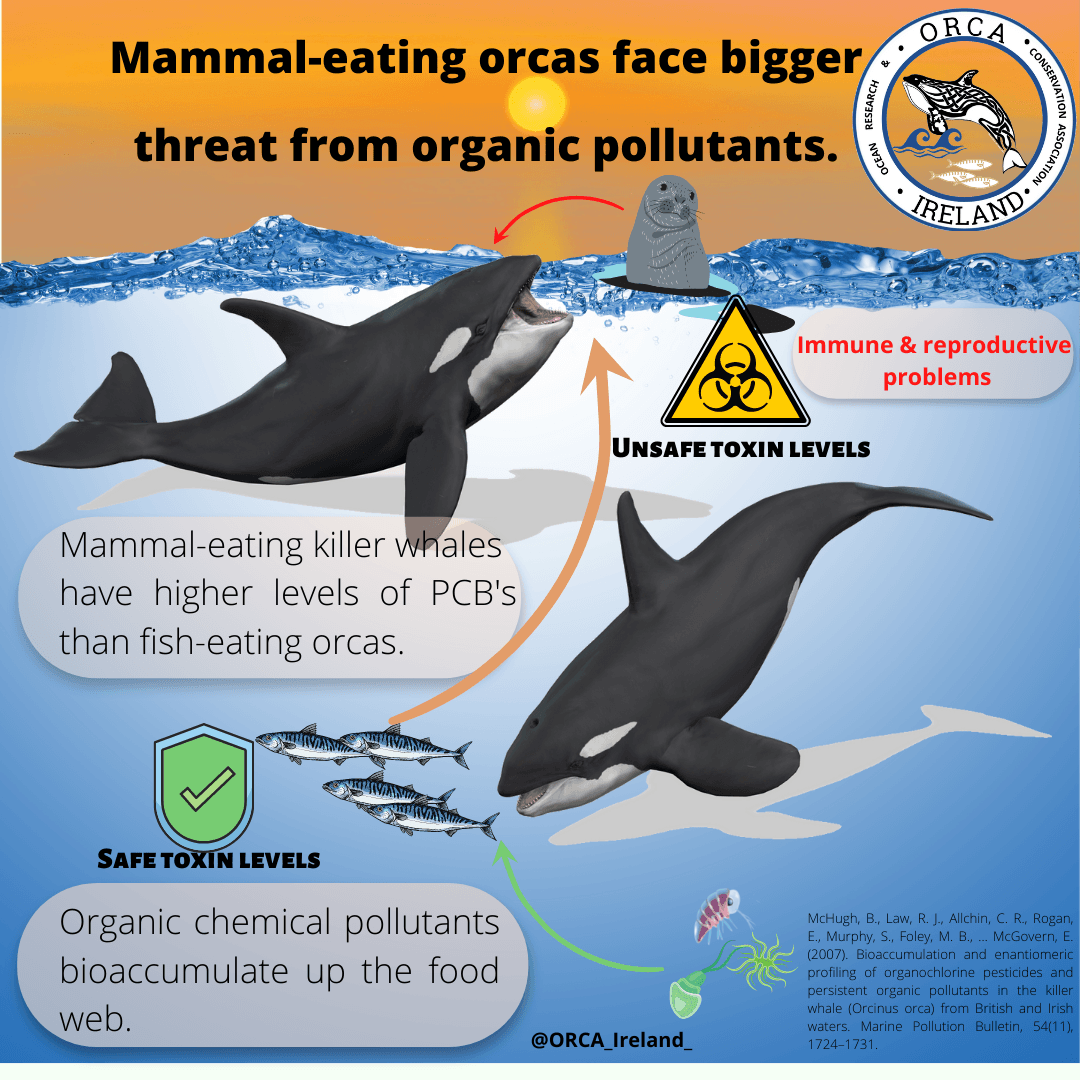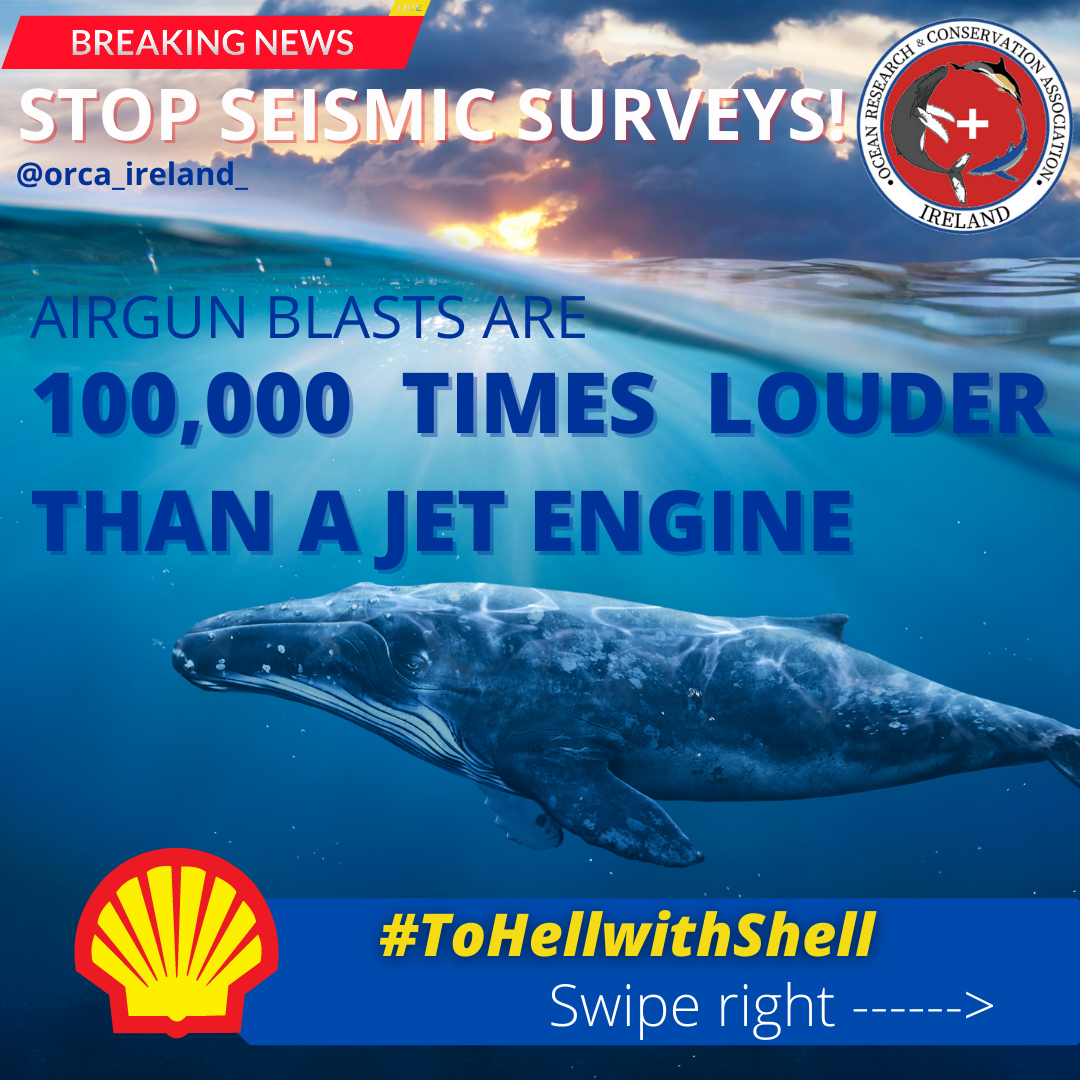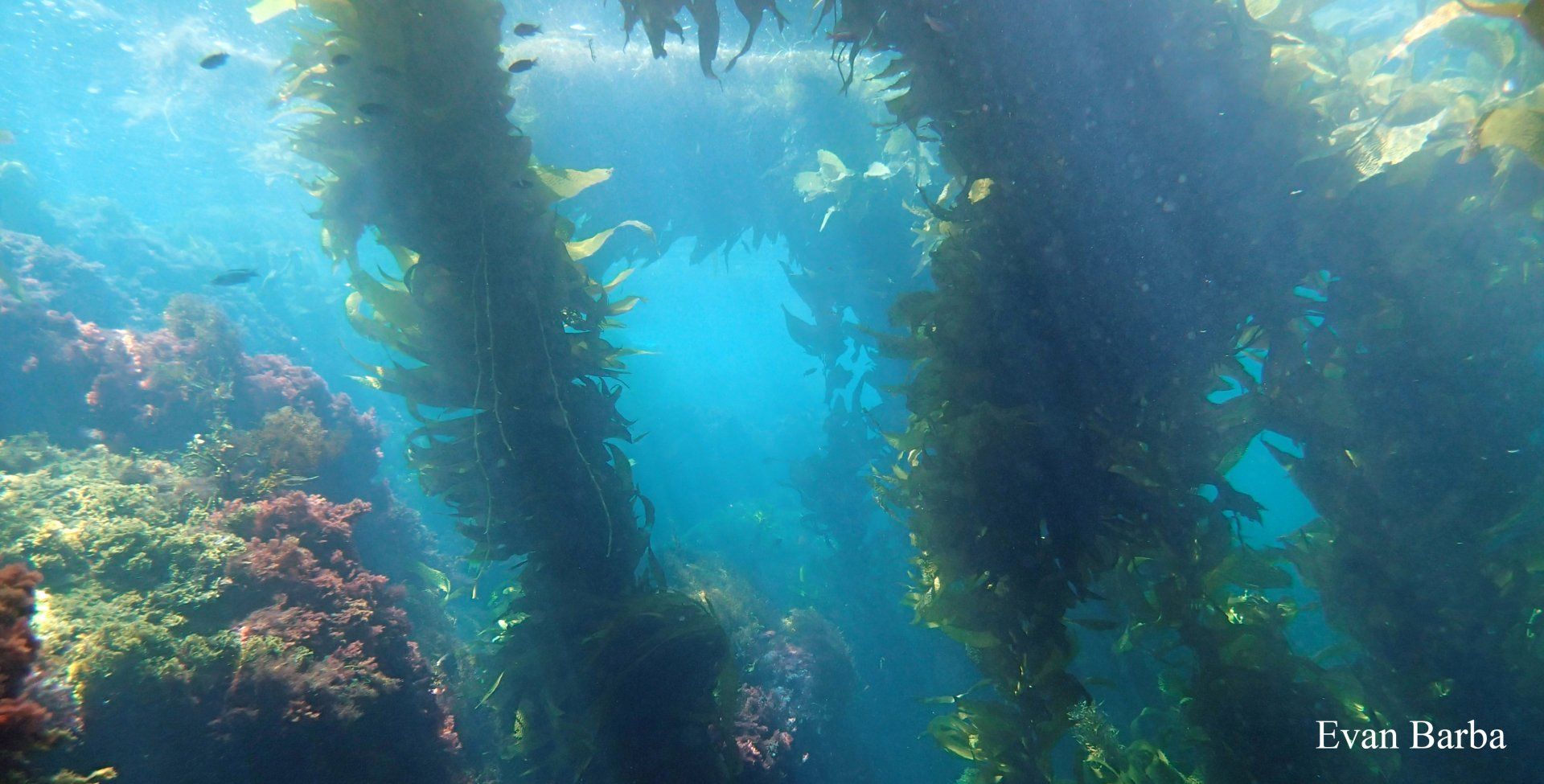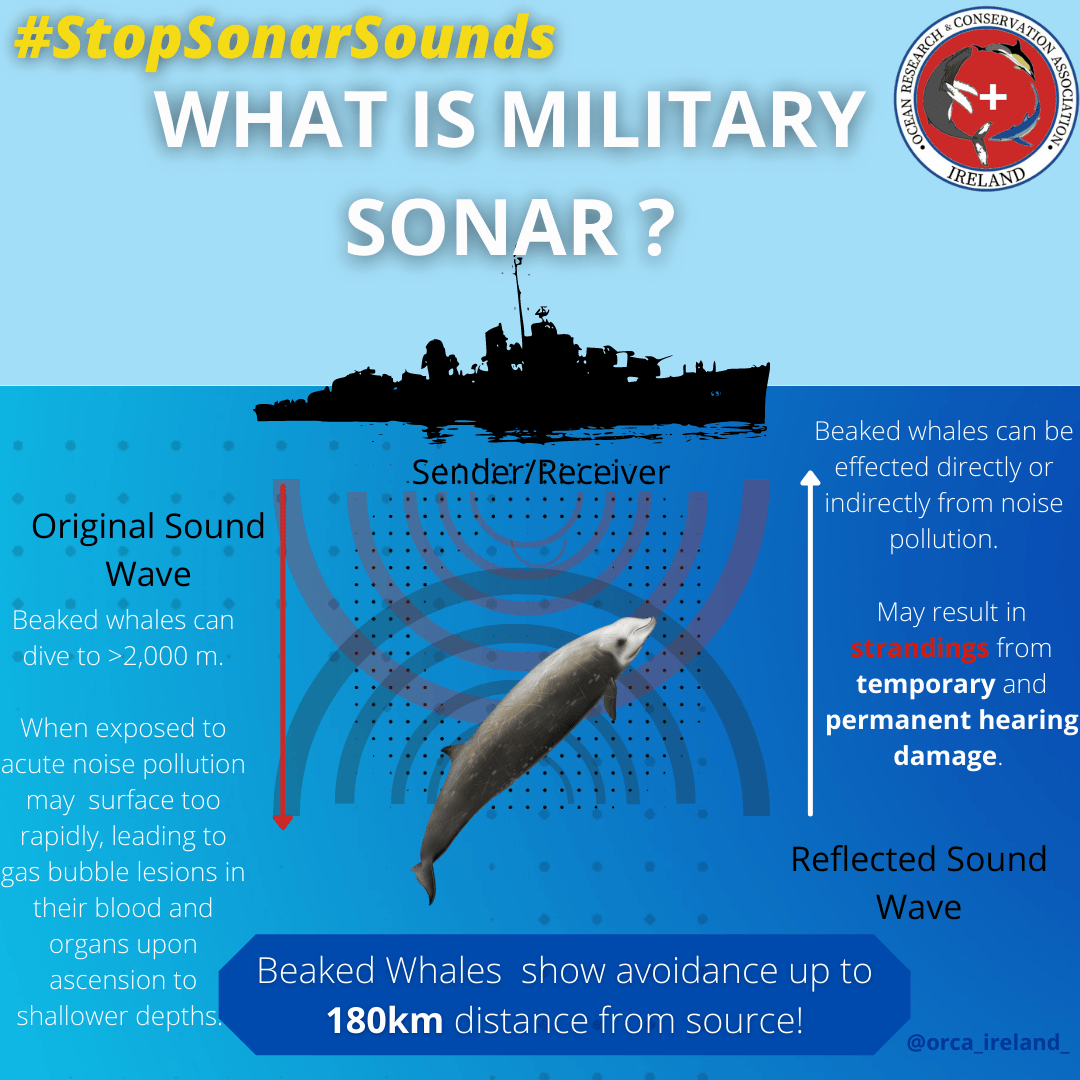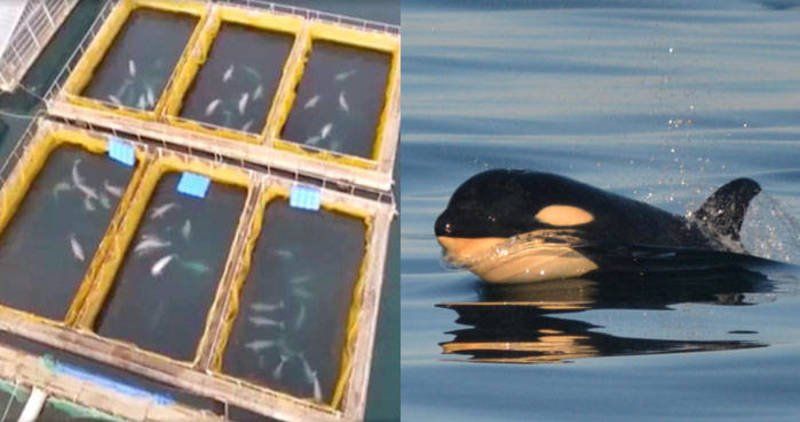Marine Ecosystem Services are Worth €2.2 Trillion Every Year.
Biodiversity loss is considered to be one of the biggest problems facing the planet to date. In our oceans, biodiversity loss is driven by habitat degradation from human activities such as oil and gas exploration and extraction, overfishing and trawling the seabed for fish, pollution, and climate changes causing major problems like ocean acidification. Even burying internet cables in the deep sea is having a major impact on marine habitats. According to UNESCO, without urgent action, more than half of the world's marine species will be on the brink of extinction by 2100. Recent studies have shown that re-introducing corals, seaweeds and seagrasses could help fight against habitat degradation and lead to our oceans health being restored.
The loss of marine habitats and associated biodiversity can greatly reduce the ability for our oceans to provide vital marine ecosystem services such as food, for which an estimated 3 billion people depend on for fish as their primary source of dietary protein. Other ecosystem services provided by marine habitats and biodiversity include; chemicals used in medical drugs and industrial compounds. With more known about the moon than the our oceans, we could potentially wipe our or seriously deplete useful marine organisms before they are even discovered.
" If we lose biodiversity, we lose the opportunity to discover these crucially important compounds,
’ said Professor Roberto Danovaro, president of the Stazione Zoologica Anton Dohrn in Naples, Italy .
According to the World Wide Fund for Nature
, the ocean provides the world with goods and services worth at least €2.2 trillion every year. The benefits of which include food for millions of people, regulating the climate, coastal protection from storms, among many other, which is now under threat, mostly as a result of ecosystem degradation.
Gorgonians are being reintroduced in hard-bottom habitats in European seas. Image credit - Pxhere
Understanding and promoting the value of ecosystems is a cornerstone of marine conservation to safeguard the ocean. Prof. Danovaro claims these impacts in the oceans, can be reversed with due diligence, through ecosystem restoration which can cause species that disappeared from a particular region to return.
" The concept of biodiversity loss is different in marine and in terrestrial ecosystems. Because of the dimension of connection between seas and oceans, it’s difficult to have a complete loss of biodiversity, an extinction,
" said Prof. Danovaro.
If marine habitats can successfully be restored to their former glory, then ecosystems could recover from the damage caused by industrial development, from gas pipeline construction, mining activities or other threats posed by human use of the marine environment.
" This is an opportunity not to stop infrastructure but to find a solution to encourage blue growth (economic growth in the marine sector) development along with biodiversity conservation and habitat conservation, " Prof. Danovaro said.
Prof Danovaro and team are restoring marine ecosystems In the seagrass meadows of the Mediterranean, Baltic and North Atlantic; replanting seaweed species, in hard-bottom habitats they are reintroducing gorgonians (sea fans) and in deep sea areas, and other corals. Several species of seaweed, called kelp, and brown algae encourage the return of sea urchins, crustaceans, gastropods, bivalves, starfish and their predators. The teams new research has shown that between 50% and 90% of animals have returned to these habitats, depending on the species reintroduced.
"We are doing in a few years what can be done by nature in a 100 years or more," - Professor Danovaro, Stazione Zoologica Anton Dohrn in Naples, Italy.
Invasive alien species in the marine environment also result in habitat degradation. Invasive species can often have defence mechanisms or other characteristics that allow them to outdo native fauna when it comes to securing food and other resources such as territory. A new project called EMERTOX (Emergent Marine Toxins in the North Atlantic and Mediterranean aims to assess the current situation on potentially harmful algae and bacteria and the relevant emerging toxins in 8 countries belonging to different but geographically connected areas (Mediterranean Sea and North Atlantic); it also aims to develop innovative approaches to sample, and analyze the producing organisms and their toxins by chemical and biological methods including immunoassays and sensors; and to estimate different future scenarios based on molecular data (routes of dispersion) and modelling.
Many human activities are stressing our marine ecosystems. When ships dock or set sail, they usually either release water or take a certain volume of water into their ballast tank. The stored water ensures the ship’s stability at sea, but can contain small marine organisms which are then released at a different port and can become established in a new area.
Take for example, toxins that certain types of phytoplankton known as a dinoflagellates produce can be poisonous to humans. These toxins can accumulate to such high levels in fish and shellfish like mussels and sea snails, which are eaten in many European countries and can cause illness or even death. Severe human non-fatal intoxications, due to eating fish or shellfish contaminated with these invasive toxins, have been reported in Portugal, Spain, France and Italy in the past 14 years.
A) Red-tide formed by the B) dinoflagellate, Alexandrium minutum (10 µm in length). C) Common shellfish that may be intoxicated by the dinoflagellate. Source: Selander et al., (2015).
The dinoflagellate, Alexandrium minutum , is one such species that is known to form large and toxic blooms. When a zooplankton copepod is in the neighborhood, A. minutum will dramatically increase its toxicity. While it may seem that this is due to physical grazing by the copepod, it seems more likely that phytoplankton cells can chemically identify the copepod before it starts to munch! The more toxic cells become less appealing to grazers. Without a willing predator, A. minutum can grow to form giant red-algal blooms (also known as red-tides)
The EMERTOX project will develop a series of maps of current and predicted toxin presence so that European authorities are well-informed about the likelihood of future toxic algae scenarios before someone is poisoned.
© Ocean Research & Conservation Ireland (ORCireland) and www.orcireland.ie , est. 2017. If you like our blogs on the latest news in marine science and would like to support our work, visit www.orcireland.ie to become a member, to volunteer or to make a donation today.
References
:
Selander, E., Kubanek, J., Hamberg, M., Andersson, M. X., Cervin, G., & Pavia, H. (2015). Predator lipids induce paralytic shellfish toxins in bloom-forming algae. Proceedings of the National Academy of Sciences
, 201420154 DOI: 10.1073/pnas.1420154112.
Websites:
http://www.unesco.org/new/en/natural-sciences/ioc-oceans/focus-areas/rio-20-ocean/blueprint-for-the-...
https://wwf.panda.org/our_work/oceans/solutions/recognising_the_value_of_marine_ecosystem_services/
https://www.researchgate.net/institution/Stazione_Zoologica_Anton_Dohrn
SHARE THIS ARTICLE

